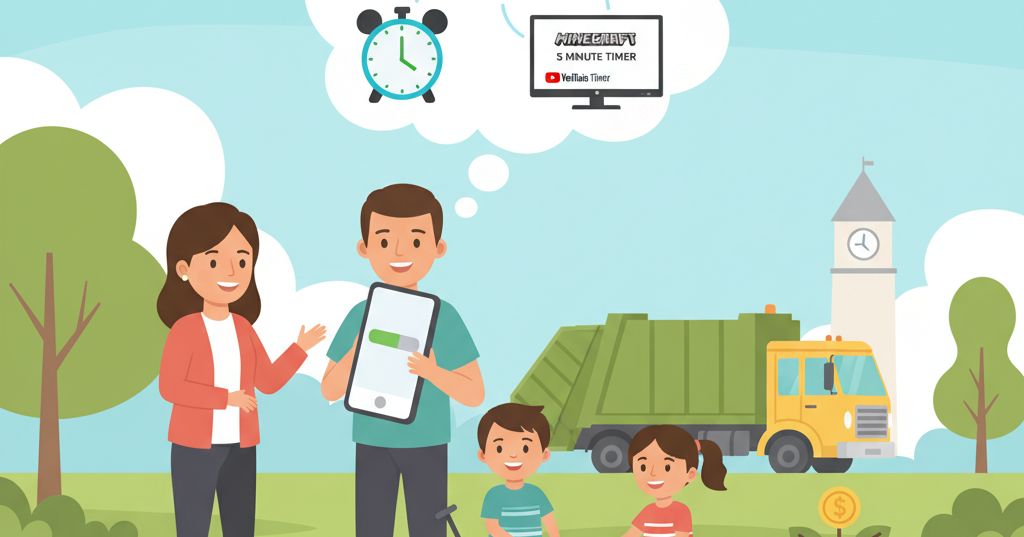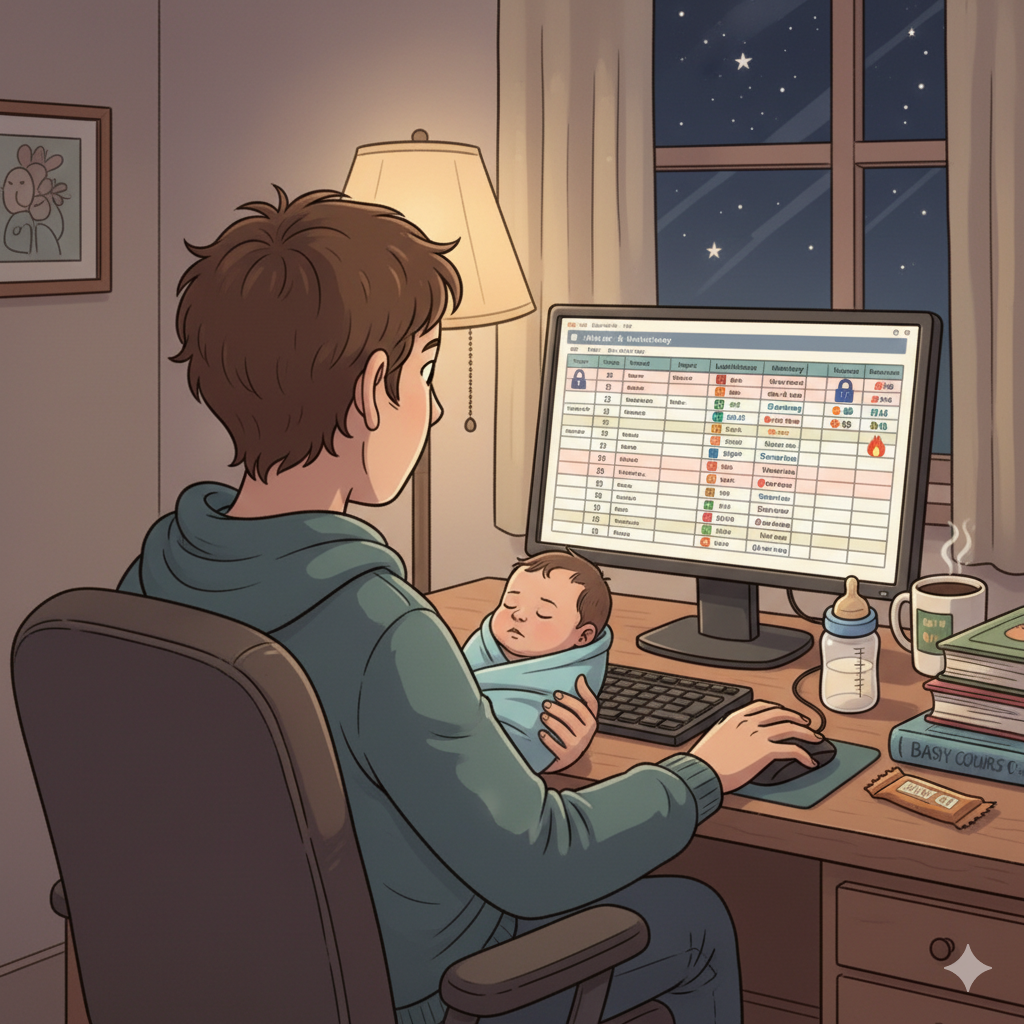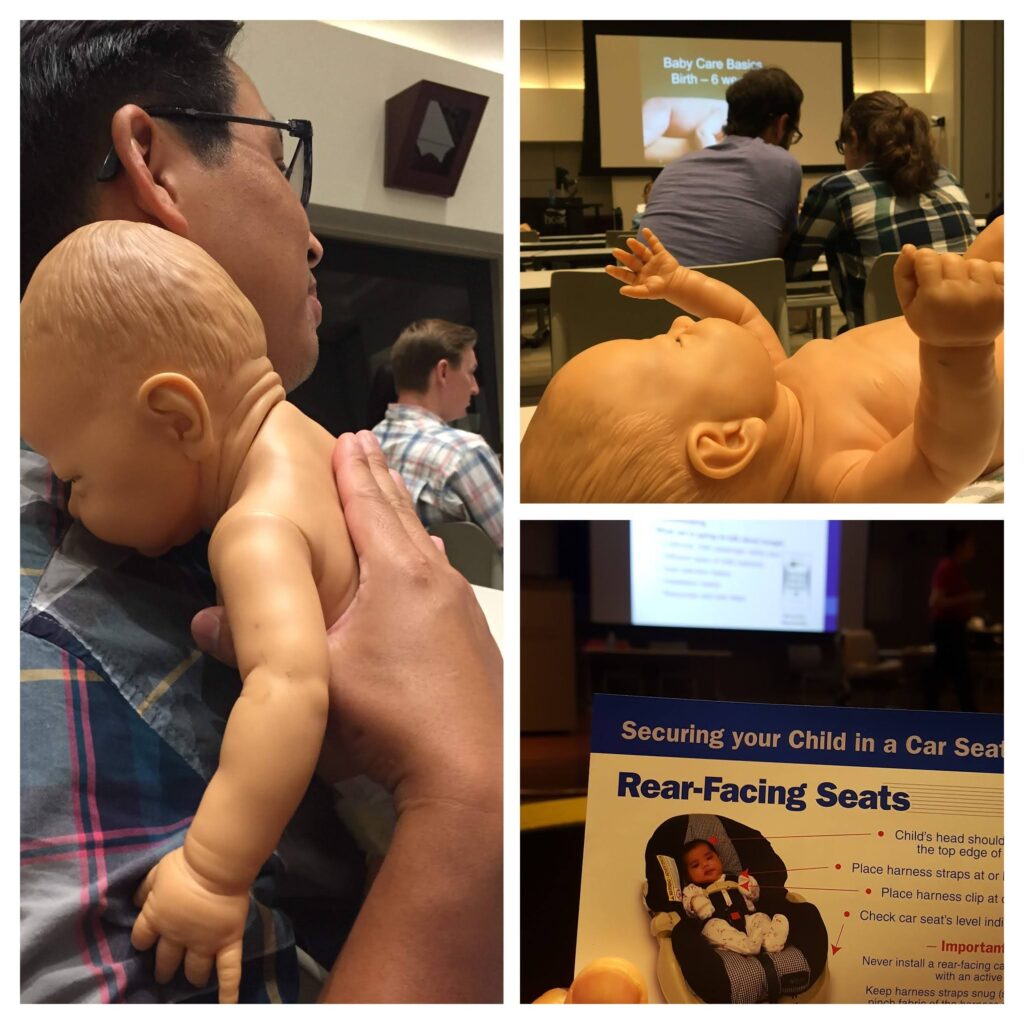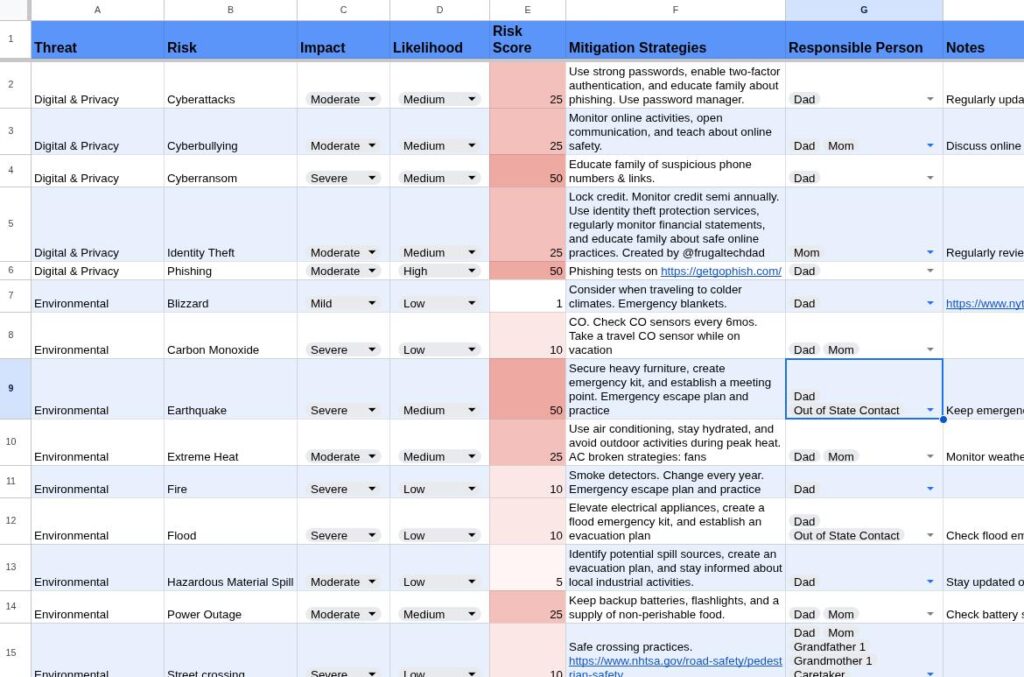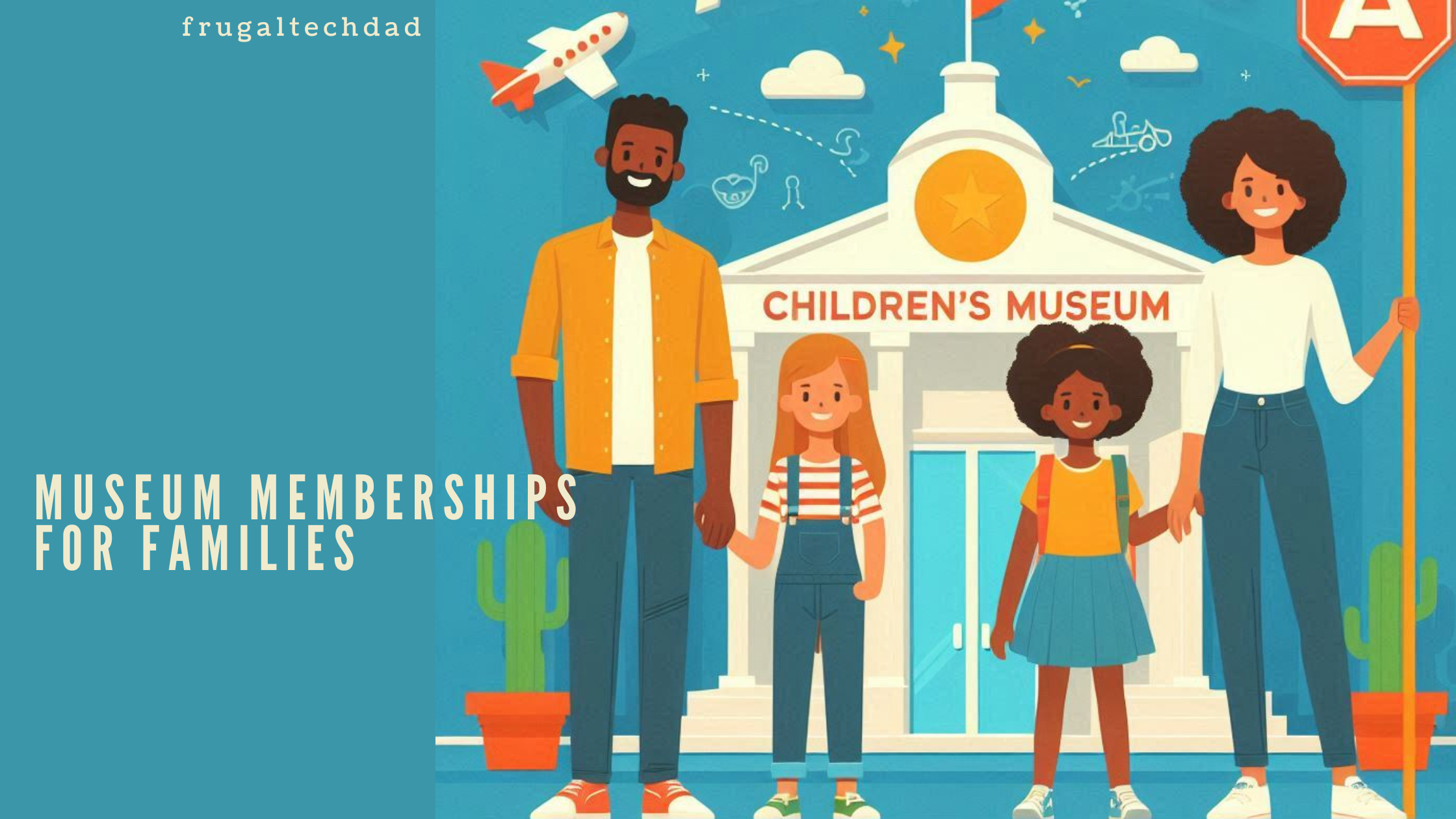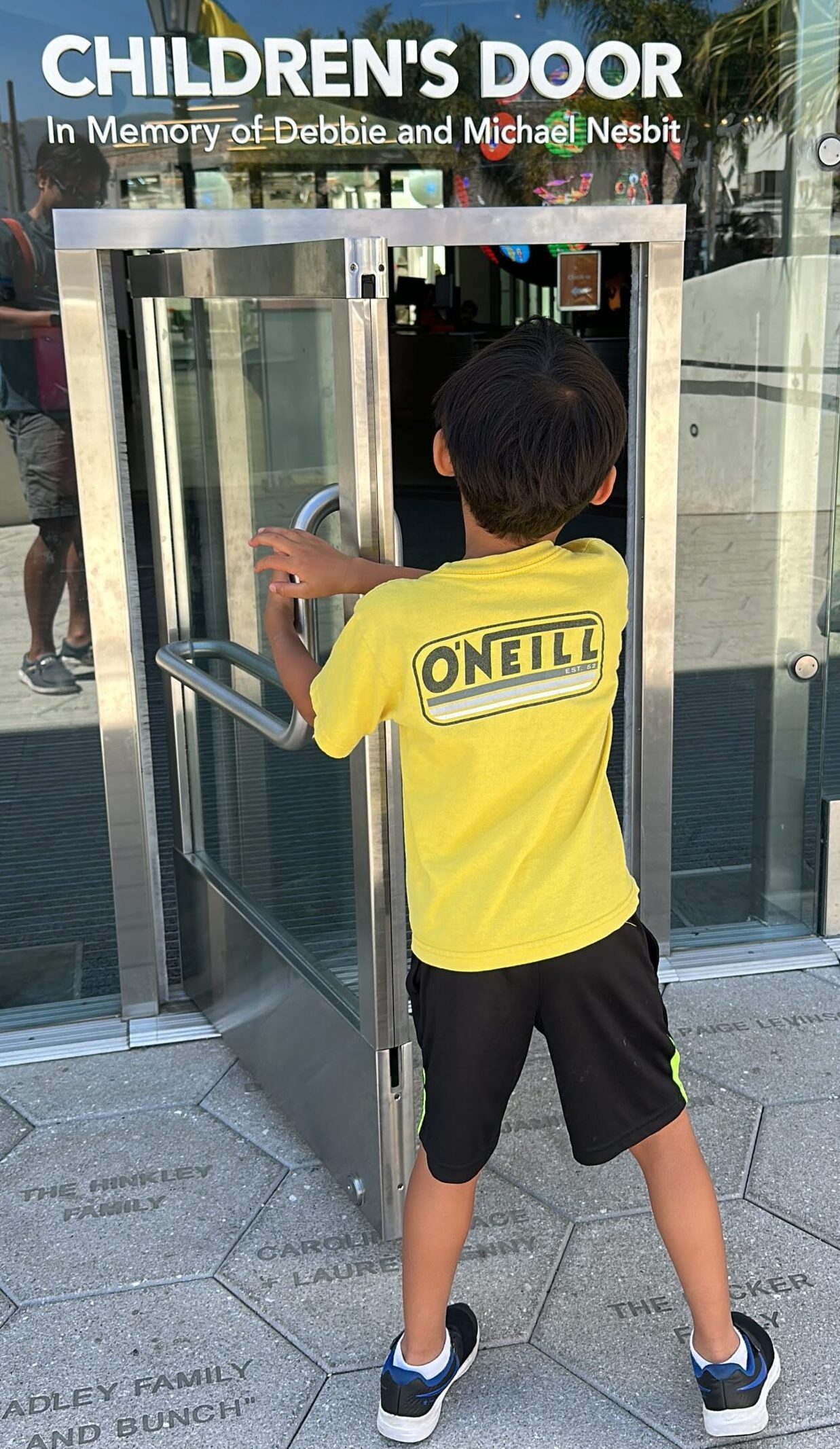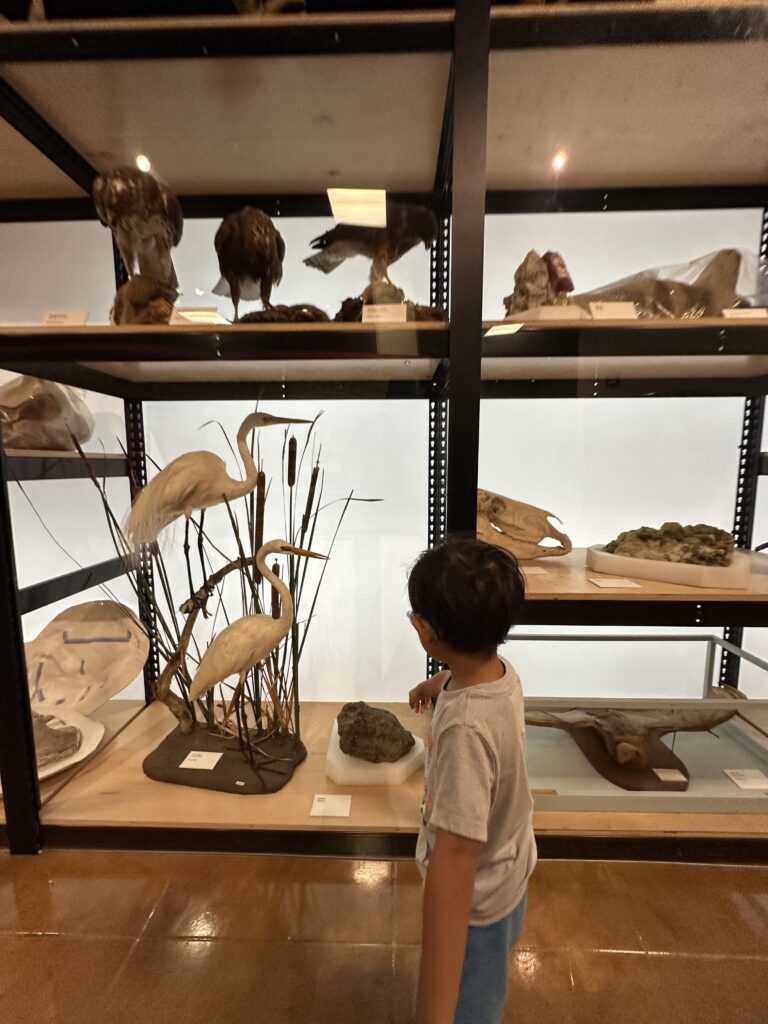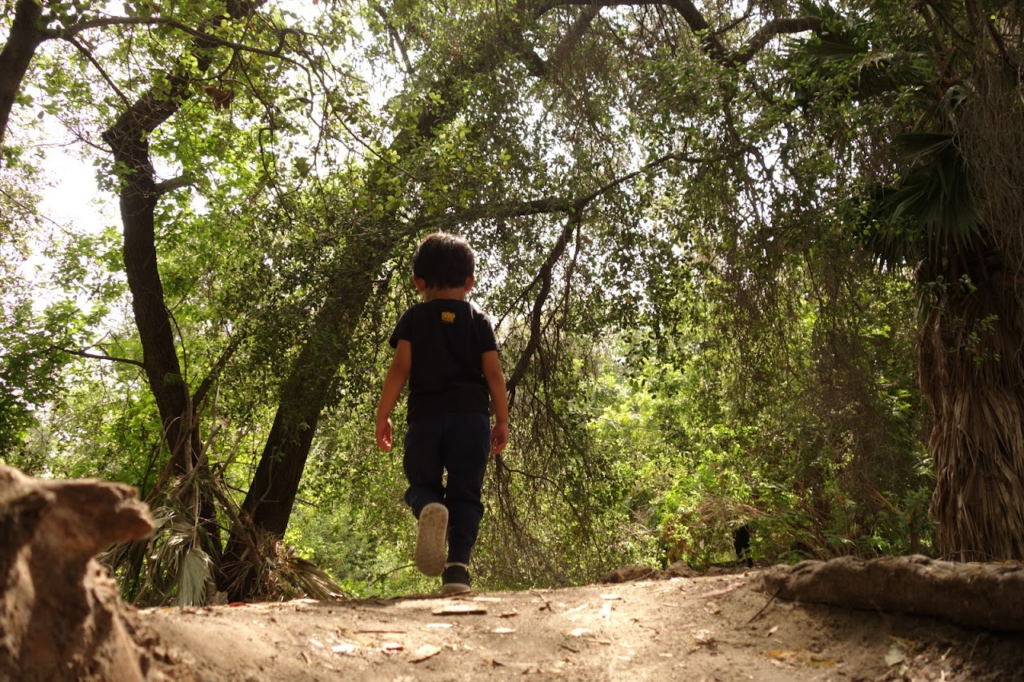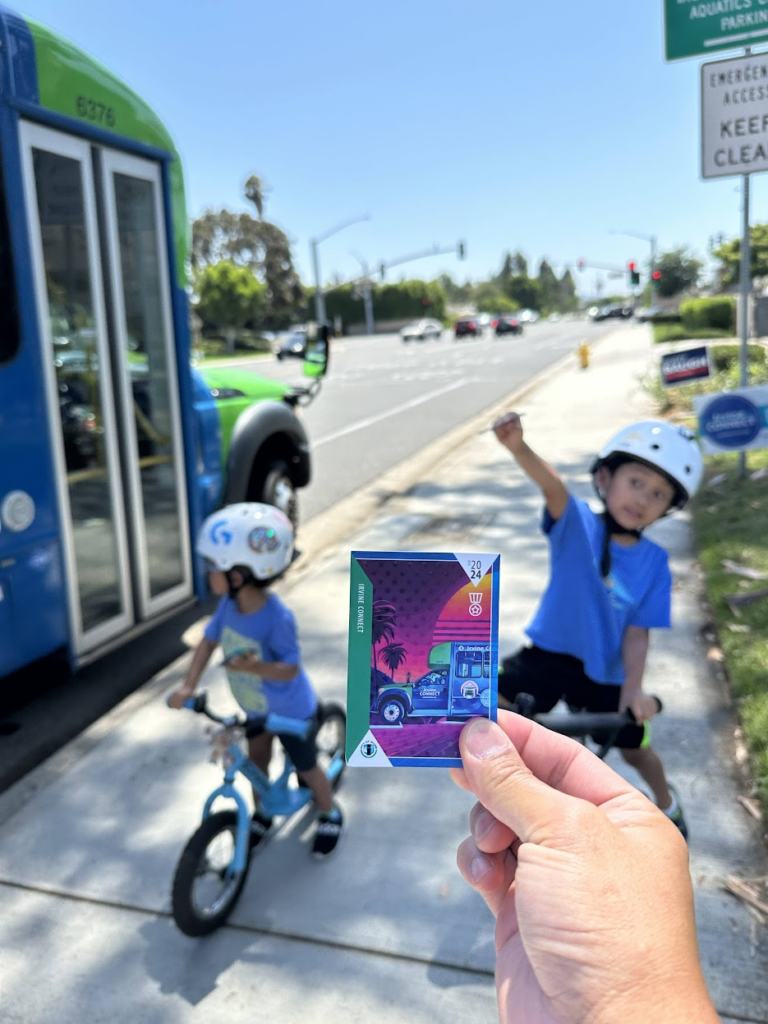Every parent knows the dread of hearing the words, “It’s time to go.” Whether you’re trying to get a toddler out of the sandbox or pull your ten-year-old away from their favorite screen time activity, transitions from one fun activity to the next can feel like a daily battle against the clock—and your child’s will. Meltdowns and battles are exhausting, but they also have a sneaky impact on your wallet. I knew there had to be a better way to manage our time, save my sanity, and protect our budget. I found the secret weapon in an unlikely place: a simple concept— the Visual Timer.
This one small shift has become a powerful tool to save money in the long run. A predictable routine isn’t just good for your kids—it’s a superpower for managing your family’s time and expenses. Think about it: When you avoid a meltdown-induced detour, you skip that last-minute, expensive snack at the drive-thru. When you get out the door on time, you avoid a late fee at the library or a last-minute scramble for a lost item you end up replacing. A smooth transition literally pays for itself.
The Simple Power of the Visual Timer Concept
Toddlers don’t have a concept of time, and their only way of learning is through repetition. Kids of all ages thrive on predictable structure and routines—something I’ll admit I wasn’t great at! I needed a tool that was both a timekeeper and a concrete visual cue.
That’s where the visual timer mindset came in. You can use this concept to make transitions tangible for your kids. The best tip I learned was to create a “play-by-play” for the next transition. This is key.
For example, you can say: “Okay, we’re done painting in the garage in five minutes. After the timer goes off, we’re going to: 1) go inside, 2) take off our shoes, 3) wash our hands, and 4) eat a snack.”
I soon realized that the verbal “play-by-play” was only half the battle. The visual component was essential, and luckily, the solutions were already in my house or completely free!
Leveraging Your Existing Technology Mindfully with Visual Timers
Instead of buying a dozen single-use timers, I used technology I already owned to create a system that was both effective and budget-friendly. This is how a few key tech tools became my secret weapon for managing transitions and, ultimately, our family budget. Remember, we use technology as a tool to save time and money, not as a time-suck!
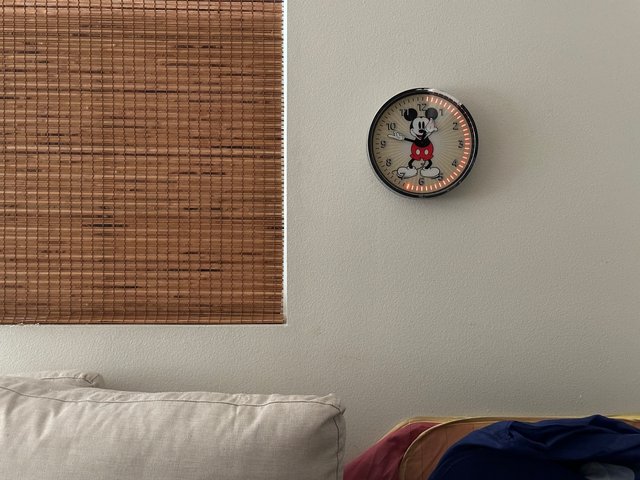
- The Alexa Clock: Our main “timer” for the living area is the Alexa clock. We have the fun Mickey Mouse version, and I love that it has bright red ticks that visually show how many minutes and seconds are left. This device wasn’t a one-time purchase just for transitions; in conjunction with the Echo, it’s a multi-purpose hub for smart home control, educational music, and more. For kids, seeing the time literally tick away makes the concept of a routine real.
- The Smartphone Timer: Your smartphone is a free, portable, and powerful timer that works perfectly. I have my kids choose the alarm tone, which gives them a sense of control for the upcoming transition. You can also use a visual timer app on your phone.
- YouTube Videos: I found a Minecraft-themed countdown video that my kids would love on Youtube, and it’s a great way to keep it fresh and engaging at no cost. Just search for any theme and “5 minute timer” on Youtube to find one that resonates with your child. (Pro Tip: Check for ads first!)
- TV Show Timers: Sometimes, you can use a beloved show as a built-in timer. For example, a classic Bluey episode is about seven minutes long, and a Jelly Ben & Pogo episode on PBS Kids is three minutes. You can easily say, “We have to leave for the playground in two Bluey episodes. As soon as the second episode is over, turn off the TV, go for a ‘Tactical Wee,’ and put on your shoes.”
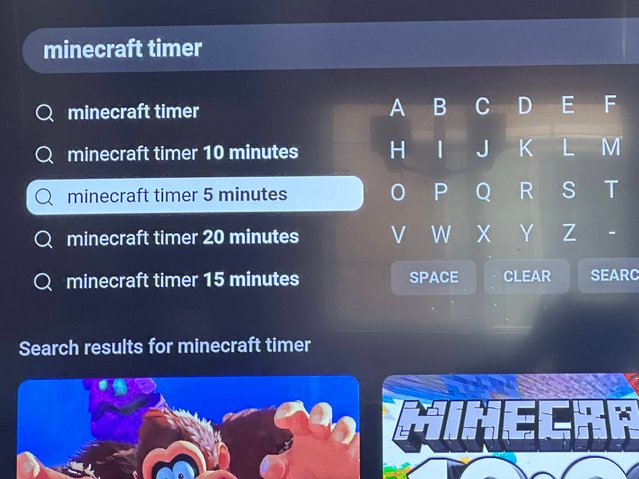
Low Tech Visual Timers: Creative, Free “Environmental” Timers
Sometimes, the best technology is no tech at all. Using environmental cues as a free countdown can be incredibly effective and encourages nature-focused living. Keep in mind that these can sometimes be unpredictable, so always have a backup plan.
- Routine Events: This is one of our favorites. “After Jorge (our trash guy) comes and picks up our trash, we have to leave to go grocery shopping.” This works with mail delivery, specific train whistles, or even the ice cream truck song!
- Counting Timers: If you’re at the harbor, you can say, “After two more red boats pass, we have to walk to the beach.” We did this the last time we visited the Moxi in Santa Barbara, with our reciprocal membership, and used the train close by as the timer, “after the next train stops at the station, we have to go eat dinner.”
- Bells & Sounds (not visual, but auditory): If you live next to a school or church with a consistent bell schedule, you can use that as part of your timer strategy: “When the 10:15 a.m. school snack time bell goes off, we’re heading home from the playground.”
The key to a smooth transition is to give your kids some control. If you know you only have 10 minutes left at the playground, ask, “Do you want to play for five or eight more minutes?” They almost always choose the longer time, but the act of choosing makes them feel empowered, making the eventual transition much smoother.
Conclusion: The Peace That Pays
I was at the park when my kids were two and four and sat down next to a quiet grandma. When it was time to go, I asked my boys, “Do you want five minutes or ten minutes?” I sat back down. When two minutes were left, I gave them a reminder, “Three more minutes!”
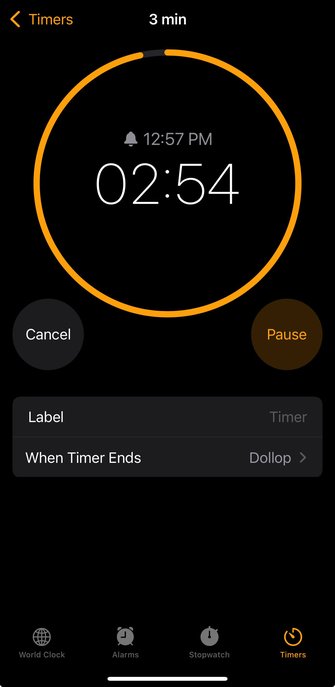
The grandma chuckled and asked, “Does that really work?” I laughed, shrugged my shoulders, and said, “I don’t know?” The timer went off. My boys stood up, grabbed their toys, put them into my mesh sand toy bag, and started walking off. I turned to the grandma and said, “I guess it does!“
Using these simple tools has not only saved my sanity but has also made our family life more efficient, predictable, and ultimately, less expensive. “The secret to less chaos and more savings is simple and free. Pick one visual timer tool from this list and use it for your next outing!”
